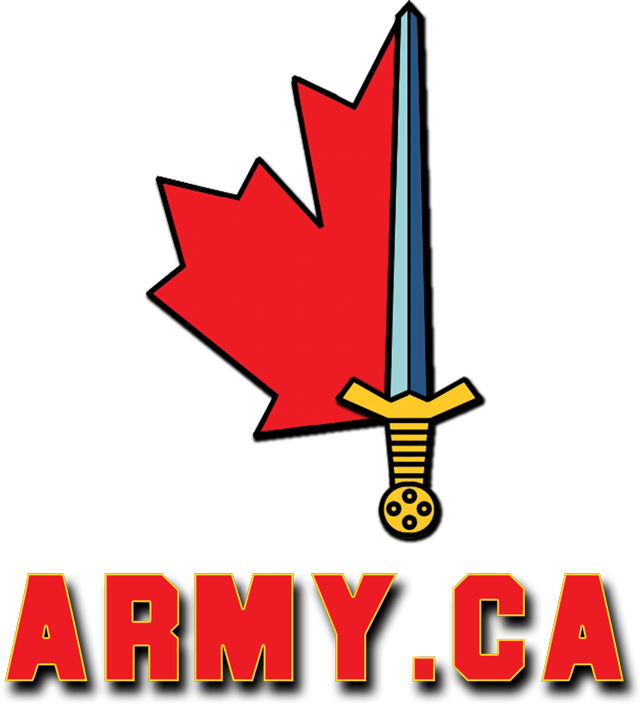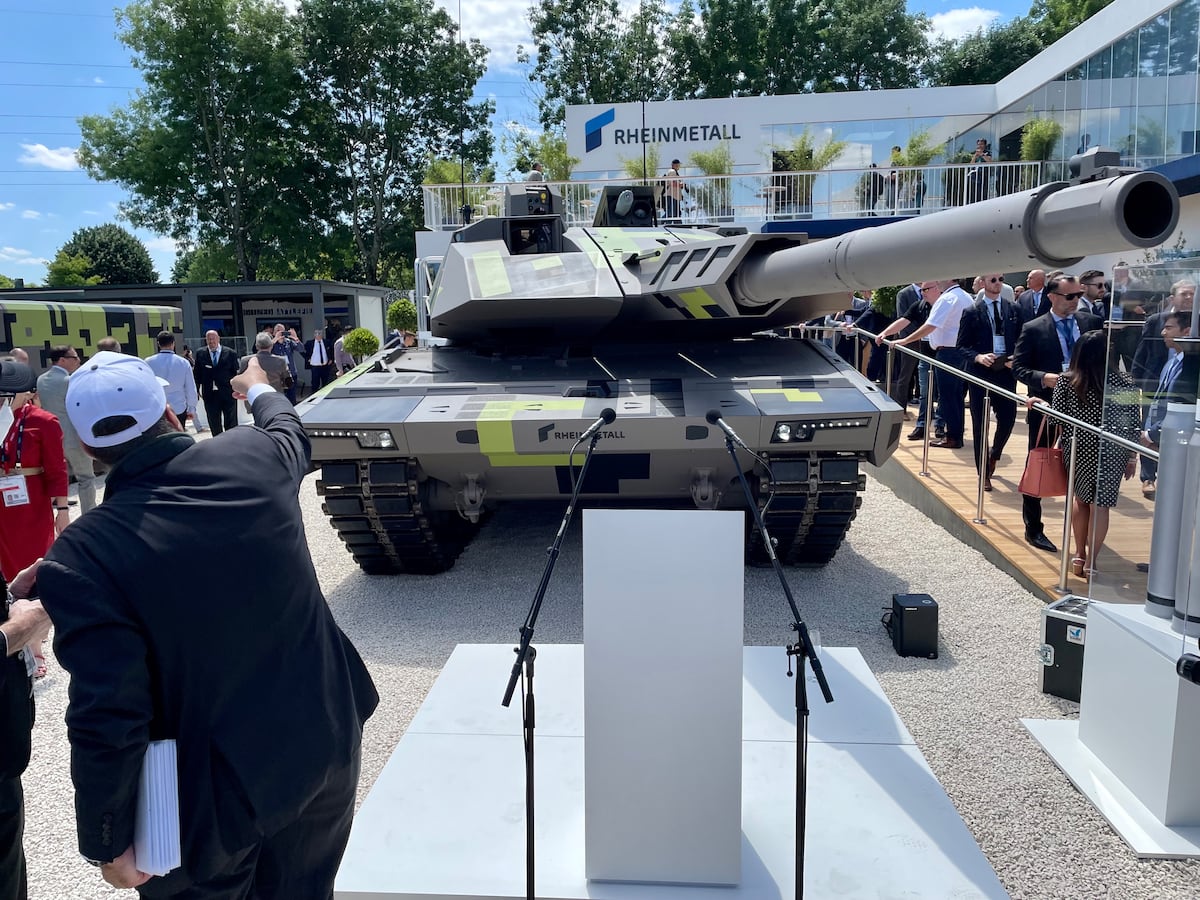Well, the Canadian Army defines an Armoured Fighting Vehicle (AFV) as a vehicle with cross country mobility, armour protection and a weapon system for close combat. We then add new definitions for light, medium and heavy (tank).
The definition does allow for a broad range of vehicles, but I think that the ability to go across a typical field, protect against small arms and shell fragments and a machine gun would be the entry qualifications for a light AFV meant to move troops around in or near contact.
If the point of the article you posted is that the West should have deep stocks of AFVs and the means to produce more then sure. Hard to argue with that. Does this mean we go with economy models? Not sure. With tanks, we've seen in recent times (and less recent times) where smaller numbers of tanks can utterly dominate larger numbers of tanks who were a half-generation behind or lacked in protection and/or firepower. In some cases, things like optics, communications and ergonomics made a big difference (France 1940, Iraq 1991). Supporting arms can try to make this difference up, but going cheap can be a false economy. Having said that, keeping things to the essential to allow for greater production is a thing. Determining that is the key.
For instance, is an MRS with a top-line fire control computer a luxury or a requirement for a tank? I think its a requirement. Is Thermal a luxury or a requirement? I think its a requirement.
Protection is probably an area where there will lots of debate. Protection against which threats and to what degree.
Anyhoo.





